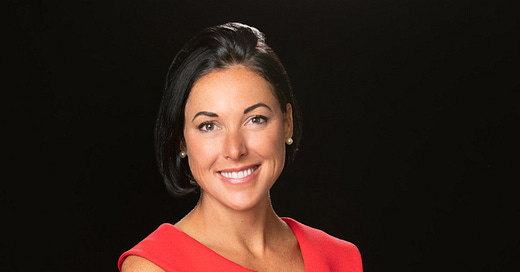😎Notice of Appearance - Cullen Drescher Speckhart, Partner at Cooley LLP 😎
This week we welcome Cullen Drescher Speckhart, Chair of Cooley LLP’s restructuring and reorganization practice. We’re excited to discuss what she and Cooley have been up to — ⚡️spoiler alert … A LOT ⚡️— so let’s just jump right in.
PETITION: Hi Cullen, thank you for doing this. Mass torts in bankruptcy has been a hot topic lately — es…



